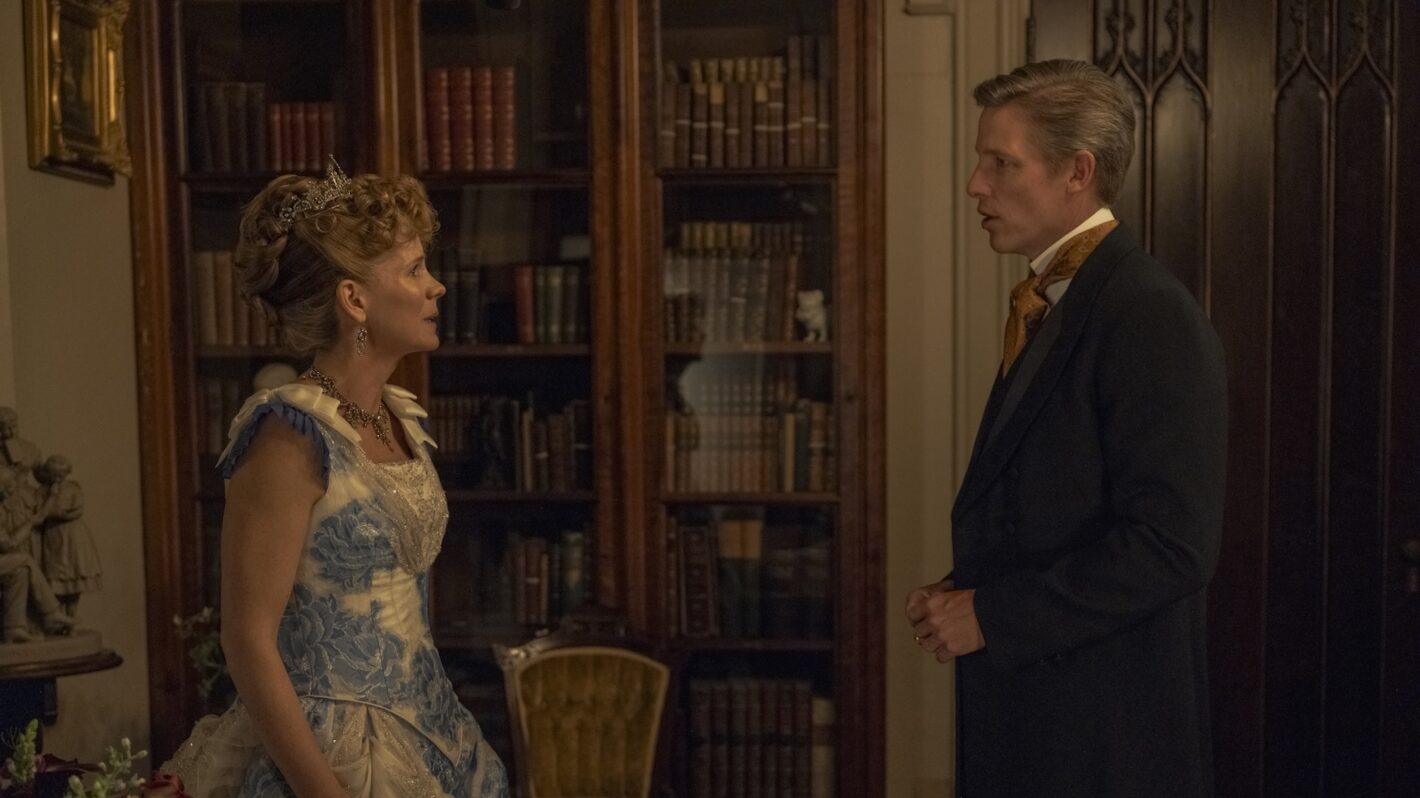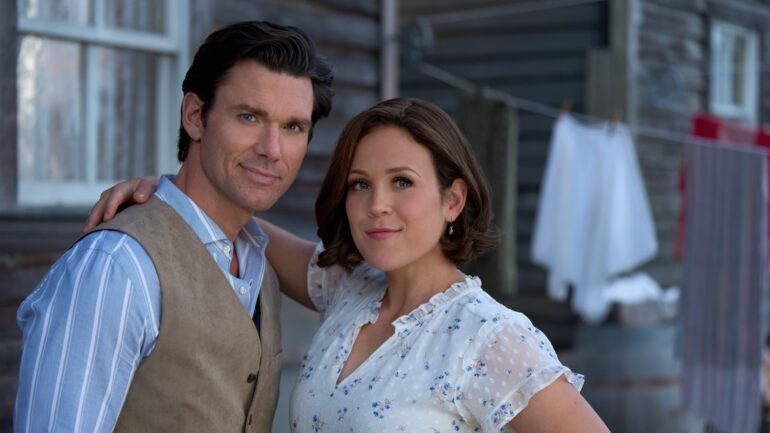Romance History
‘The Gilded Age’ History Lesson: What Were the Divorce Laws During the Era?

The Gilded Age has decided to raise the stakes in Season 3 — and it’s going to take a toll on the show’s romances.
“I see the season as coupling and uncoupling,” writer and executive producer Sonja Warfield told TV Insider. “So we’ve got a lot people coming together and people coming apart.”
Ahead of its debut on June 22, Warfield divulged that Season 3 will delve into divorce, a “rare and taboo” occurrence during the era. “You were shunned by society if you got divorced,” Warfield explained. “In the patriarchy, if the man initiated the divorce, it didn’t really matter, because a woman’s place was tied up in being Mrs. George Russell or Mrs. Charles Fane. That was your identity.”
So, how exactly did one go about getting a divorce from their spouse during the late 1800s? Who in the show is headed to Splitsville? Find out what we learned below.
Could you get a divorce in the Gilded Age era?
Long story short: Yes. It wasn’t easy, which we’ll touch on below.
One of the most famous divorces of the Gilded Age era was between Alva and William Kissam Vanderbilt, the heir to the Vanderbilt fortune. Alva divorced William in 1895 because of his reported affairs and got a settlement of $10 million.
What were divorce laws during that time period?
According to genealogist Harry Macy Jr., the New York State Legislature allowed married couples to divorce each other if adultery was committed. That law was put into place in 1787, and “with few exceptions this remained the only grounds under which divorces were granted in the state until 1967.”
During New York’s Gilded Age, the divorce decree allowed the innocent party to remarry, but the guilty party couldn’t unless they left the state of New York. With how looked down upon divorce was, it was common for couples to separate unofficially. “They would then pretend to be single or widowed, and often remarry, usually in another state,” according to The New York Genealogical and Biographical Society.
But if they did want to go through with it without bringing forward the adultery charge, many New Yorkers went to Connecticut, which also allowed divorce on the grounds of desertion, fraudulent contract, or seven years’ absence. Rhode Island was also a popular choice, per The New England Historical Society. The small state had lax residency requirements and would permit divorce for several reasons, including simple abandonment.
Will The Gilded Age Season 3 explore divorce?
Warfield confirmed that we’ll see Aurora Fane (Kelli O’Hara), who viewers will remember is a cousin of the van Rhijns, deal with the fallout of her separation.
Beyond Aurora and her husband, Season 3 will present more relationship struggles between its couples, including Bertha (Carrie Coon) and George (Morgan Spector). Bertha is determined to marry off her daughter Gladys (Taissa Farmiga) to the Duke of Buckingham (Ben Lamb), while her husband wants Gladys to find a love match.
Will the New York power couple split over their inability to agree? Only time will tell. But if it does come to pass, Bertha will surely get the short end of the stick, losing the position in society she worked so hard for in Seasons 1 and 2.
The Gilded Age creator, executive producer, and writer Julian Fellowes told TV Insider, “When a couple seeks to get divorced, the first thing they have to find out really is are they in possession of a good relationship where there is a problem, or is the problem that their relationship is no good?”
The Gilded Age, Season 3 Premiere, Sunday, June 22, HBO






